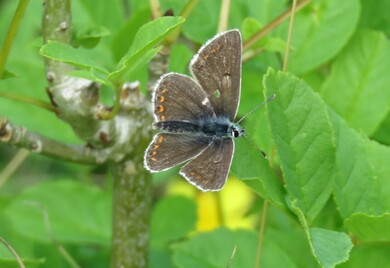 Northern Brown Argus on Common Rock Rose
Northern Brown Argus on Common Rock Rose Our target species for this butterfly field-trip was the High Brown Fritillary as some had set out at dawn, travelling across the country in the hope of sightings We assembled by old farm buildings and the morning was already hot with a gauze of white cloud. Temperatures were set to reach 25 degrees centigrade. Butterflies would be animated, lively, more of a challenge. Our leader Chris had come prepared.
I’d forgotten how tiny the Northern Brown Argus is. Chris found them with Common Rock Rose, Helianthemum nummularium, on which the butterfly lays its eggs. He showed us a single white egg on a leaf. If this hot weather continues for much more than a week caterpillars will not thrive as vegetation dries out and wilts.
On Countryfile, today Sunday 18th, weatherman Chris Fawkes explains the extreme high temperatures we experience are caused by a blocked pattern in the Jet Stream. There's a cut-off low to the west but the UK lies under a ridge of high pressure. So no prospect of rain until toward next week-end.
Small Pearl Bordered likes the heat generated in leaf litter in a sunny clearing where birch has been felled and stacked and there are Common Dog Violets, the food plant of its caterpillars. Cowslips grow here too, an early nectar source for butterflies.
The last block in Howe Ridding Wood had a splendid display of sunlit thistle and mullein. Gatekeeper begin to emerge. And there were Small Pearl Bordered Fritillary. By now (about 2.00pm and in full sun) it was very hot. When we turned to head back we’d be walking due south below Whitbarrow Scar and into the sun.
I confess my butterfly focus began to lapse a little in the afternoon heat and I fell into conversation with my companions. I reckon I’ve seen Silver Washed Fritillary whilst walking in the Alps and focused on flowers. This summer, I discover some of their niche habitats in Cumbria. They're closer to home than I'd realised.
On a Butterfly Conservation field-trip I learn lots, then go on forays of my own and put it all to good use. Chris became a butterfly boy at the age of eight, cycling off alone to explore. The breadth and depth of his knowledge comes of a life-long dedication.
Back at the farm building, he gave details of places to look for target species and some went off in pursuit.
Someone had snacked on cockles and thrown the shells away. Scrape back the turf and there is debris left by medieval travellers on the route from the coast that skirted below the limestone escarpment of Whitbarrow, heading for Kendal. A time when Whitbarrow and Scout Scar were grazing for sheep and cattle and the Lyth Valley and surrounding lowland was wetland. No longer a thoroughfare, the path stops here and farm land intervenes. Howe Ridding Wood National Nature Reserve is a secluded spot, you walk in and walk out and in inaccessibility gives it protection. Flora and fauna is the draw, the vistas are up at the Hervey Nature Reserve on Whitbarrow Fell. Damsons flowered where a traditional orchard of apple and damson trees was being restored. At the spring-line, green hellebore flowering about a ruined wall indicates former settlement. Our guide, Joe Murphy of Cumbria Wildlife Trust, searched woodland shade beneath coppiced hazel where parasitic toothwort tapped into its roots. Next year, I know where to seek this odd perennial. Hollowed-out pollards decomposing in fungal rot would have given fodder for cattle and sheep. Silver-washed fritillaries over-winter beneath bark. It’s coppiced for flora and Joe spoke in reverential tone of the butterflies in July in this out-of-the-way nature reserve.
(extract from Cumbrian Contrasts . Copyright Jan Wiltshire)
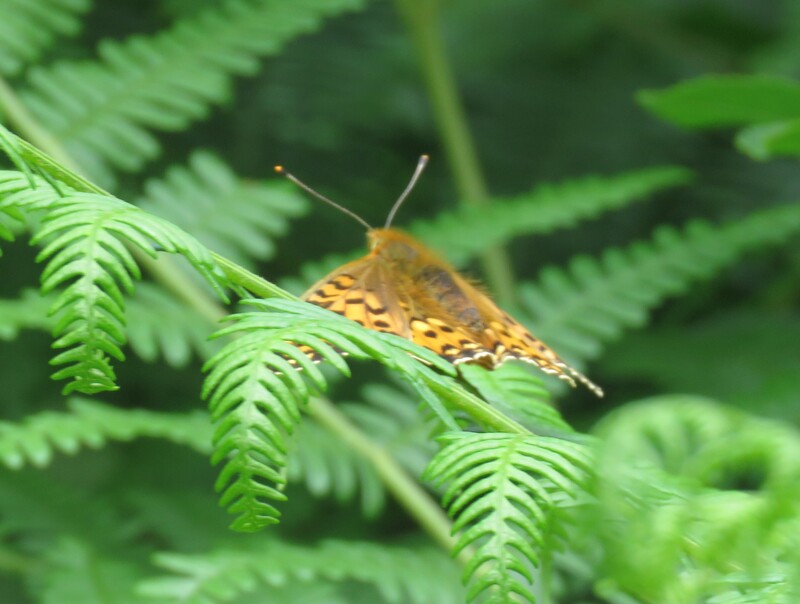
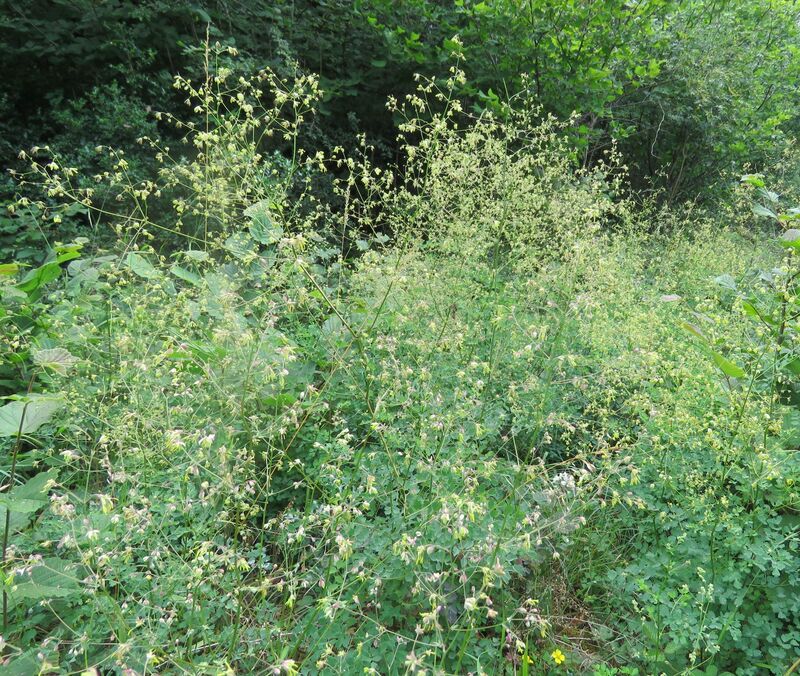
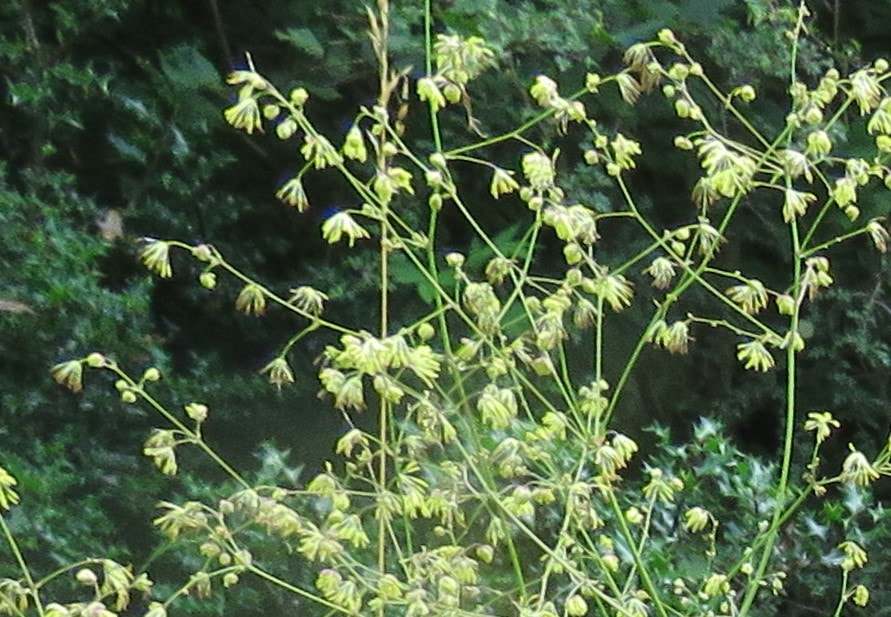
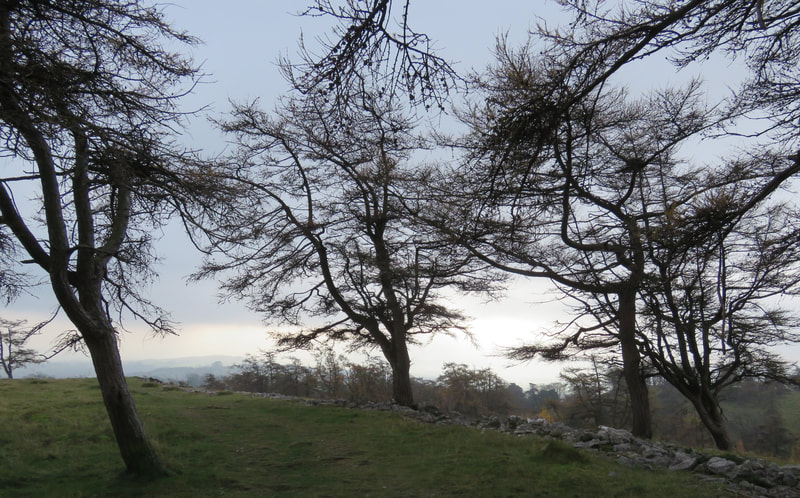
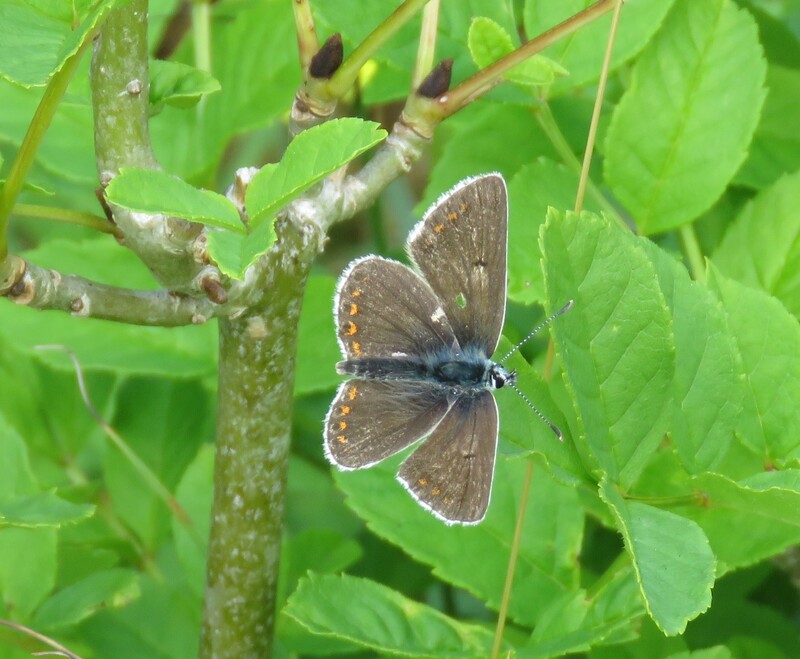
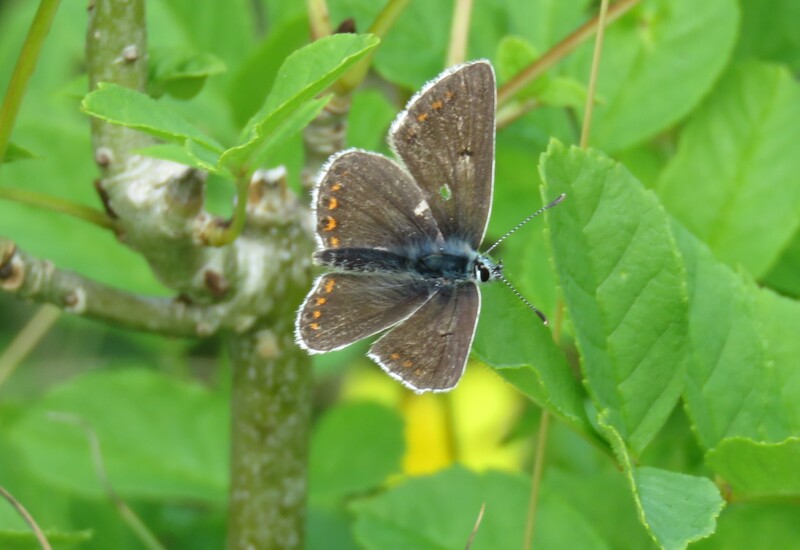
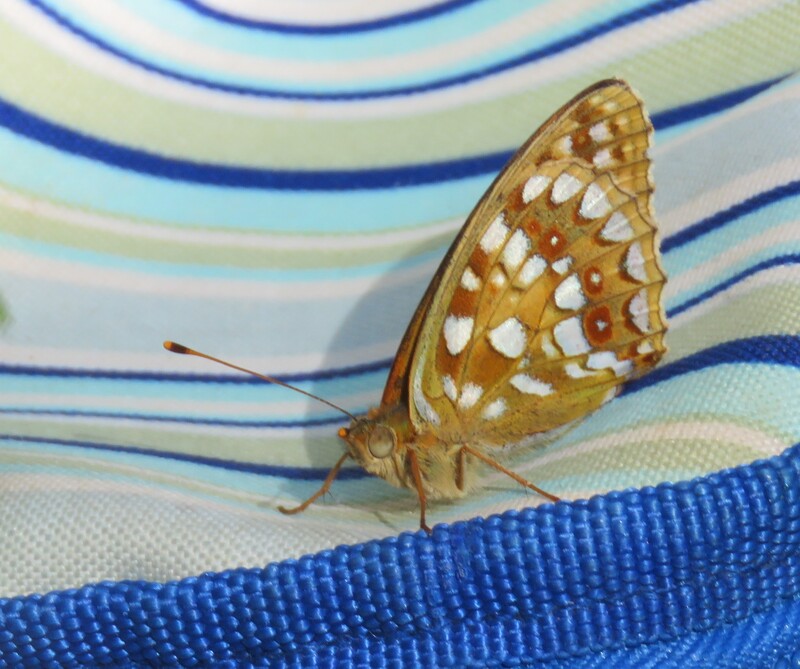
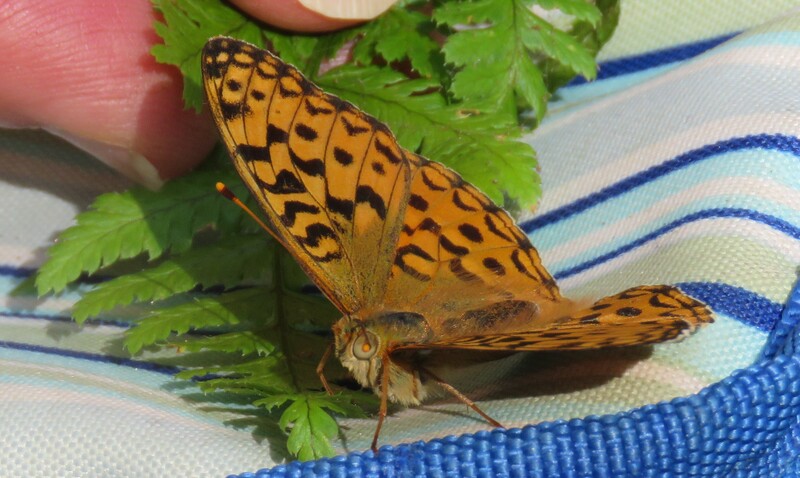
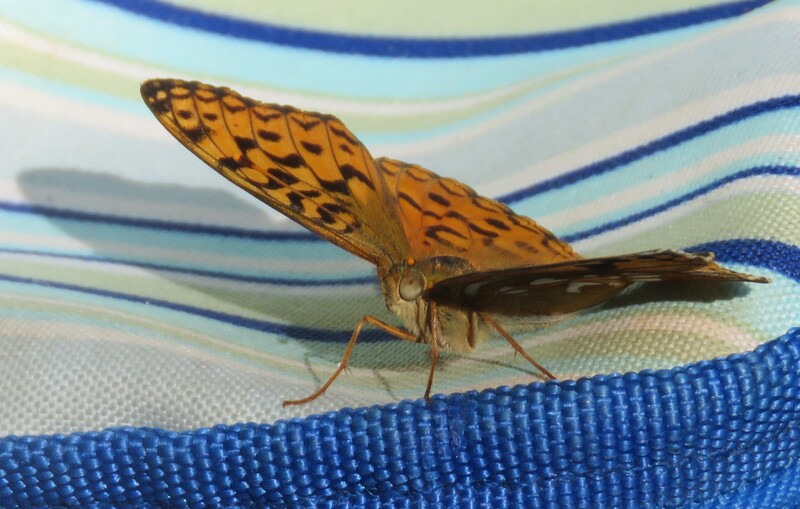
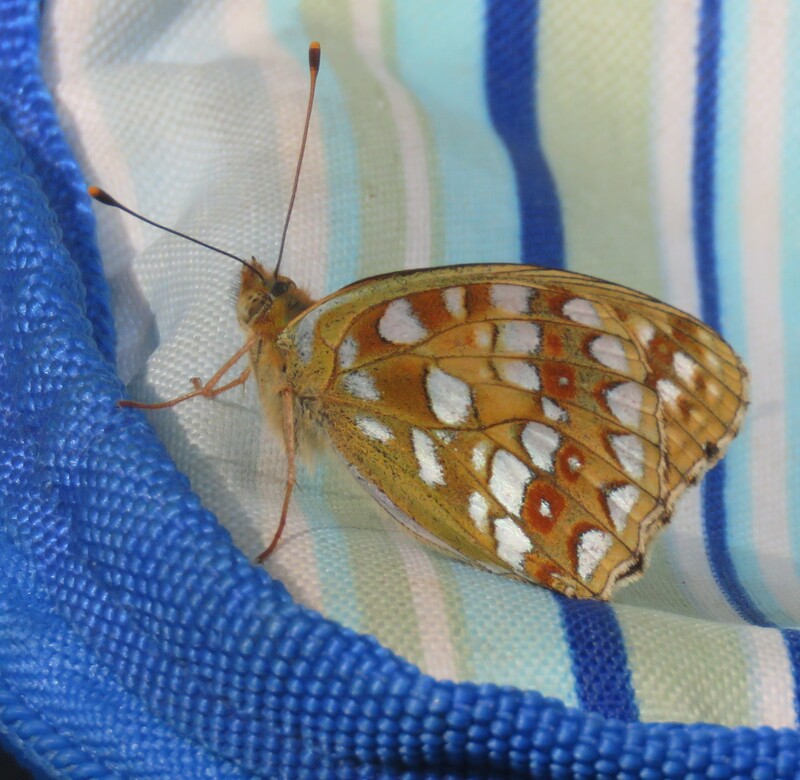
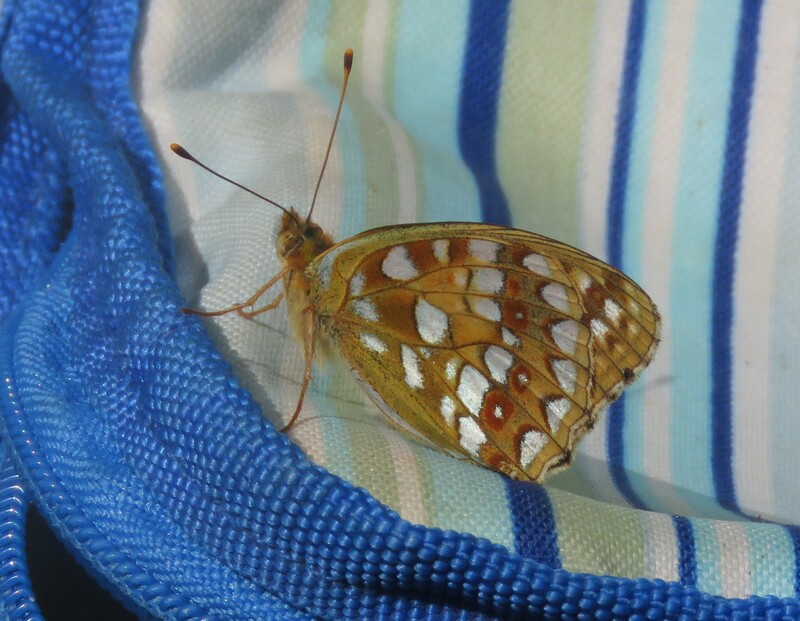
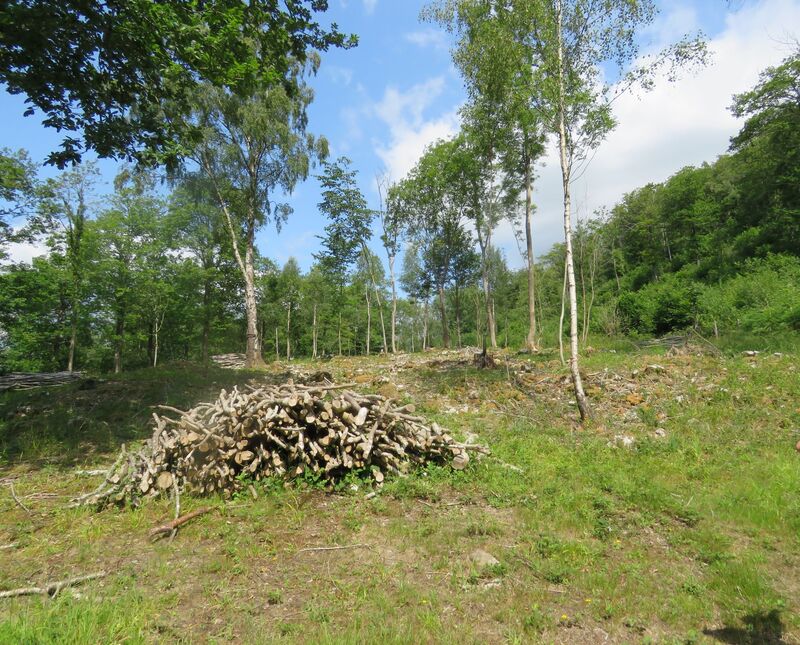
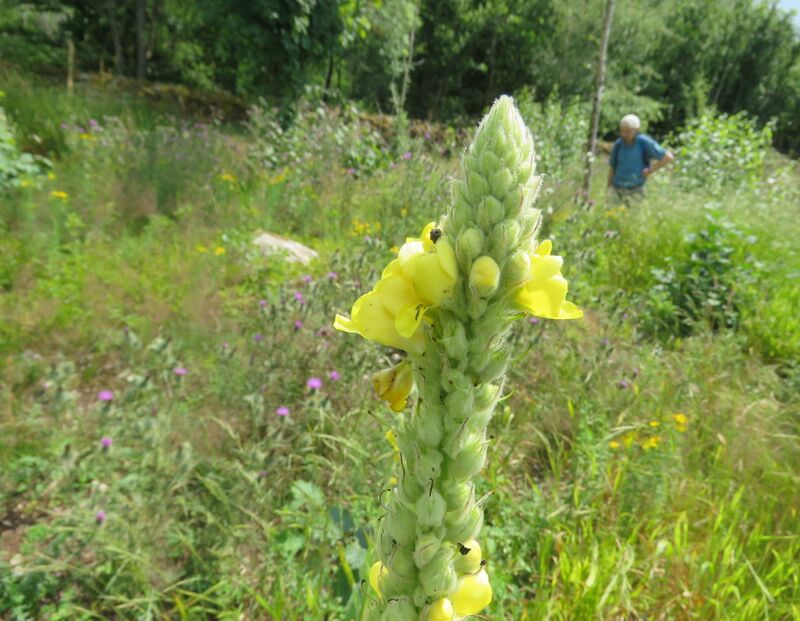
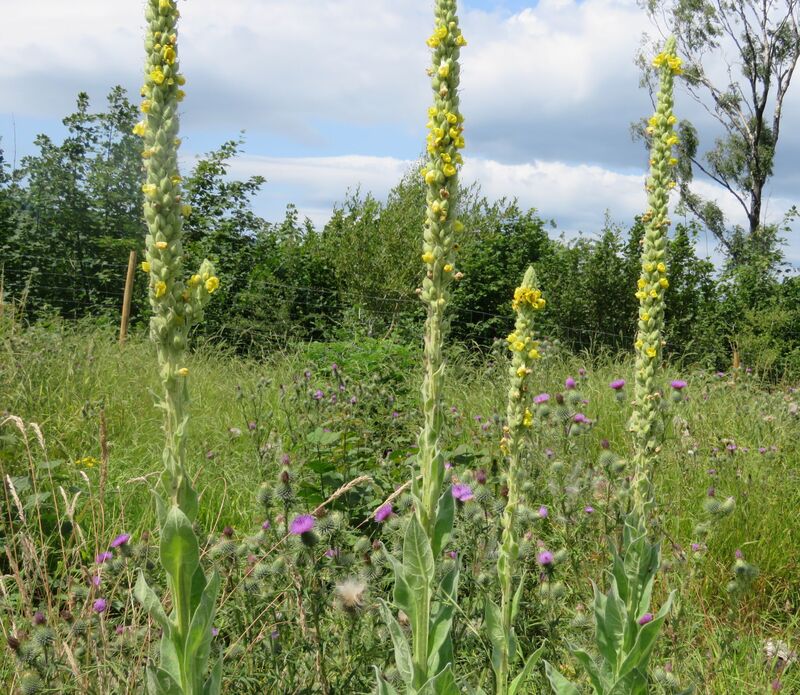
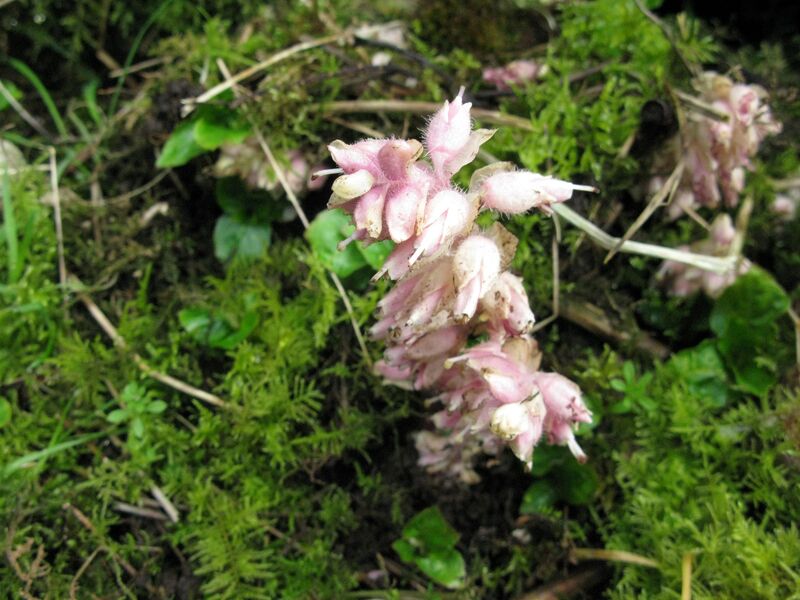
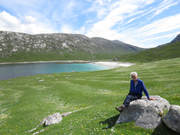
 RSS Feed
RSS Feed